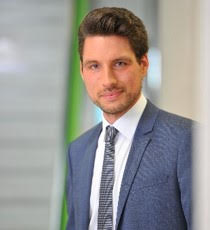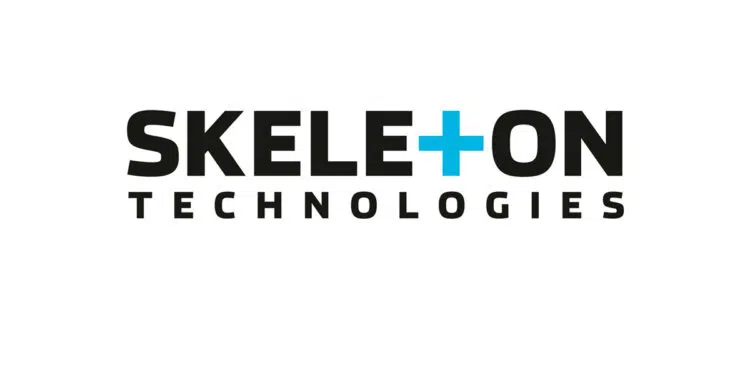Skeleton Technologies is very pleased to welcome Dr. Linus Froböse as new Chief Operating Officer.
He will bring over 9 years of experience in battery technology and mass production to manage Skeleton’s growth and manufacturing scale up. Dr. Linus Froböse will also become the managing director of Skeleton Technologies GmbH and Black Magic GmbH.
One of his primary responsibilities will be to build a fully-automated supercapacitor production line in Skeleton‘s new factory in Saxony – a first in the industry. After manufacturing scale-up, Skeleton will be able to produce 12 million cells per year. In his role, Dr. Linus Froböse will also oversee and manage other critical functions of the company from operations, curved graphene production, the already running supercapacitor plant, project management, supply chain management, and quality.

“I’m delighted to join Skeleton at this time in its journey,” said Froböse. „Skeleton has become a major player within the energy storage sector and for me, one of the greatest opportunities is to optimize and scale Skeleton’s production to achieve a healthy growth within the main business fields: automotive, industrial application, grid, and transport. These strong business opportunities are possible due to the very high vertical integration since Skeleton is producing active material (curved graphene), supercapacitor electrodes and cells, modules, and systems on large scales. Together we will launch and industrialize robust production technologies, build and run highly automated and digitalized production plants and simultaneously develop next-generation manufacturing technologies for supercapacitors and all solid state batteries. But the best thing I have experienced at Skeleton is the company spirit itself: a clear business strategy, innovative product roadmaps, fast pace development, strong growth mentality, quick decisions, and on top of that: great, innovative, creative, and reliable people. And I am absolutely thankful to be part of it.“
Dr. Linus Froböse has a strong background leading the industrialization and process development of battery products for Vitesco Technologies and Continental. He is an expert in operations business, mass production of electrified products and operational strategies, including production and technology roadmaps, and operational excellence. He obtained his PhD from the Technical University of Braunschweig (Technische Universität Braunschweig) in Lower Saxony, Germany, where he specialized in scalable production technologies for solid-state battery technologies.
“We are thrilled to have a leader of Linus’ caliber join the company at this crucial stage of our development,” said Taavi Madiberk, CEO and co-founder of Skeleton Technologies. “Linus has a profound understanding of what it takes for a company to scale up production and processes, and his expertise in solid-state batteries will be a critical asset for Skeleton’s future growth. To compete with companies like CATL, we must not only focus on today’s technology but also build leadership in the technologies of the decades to come. This is how Europe and European companies can lead the development of the multi-billion EV industry and carbon-free mobility.”































